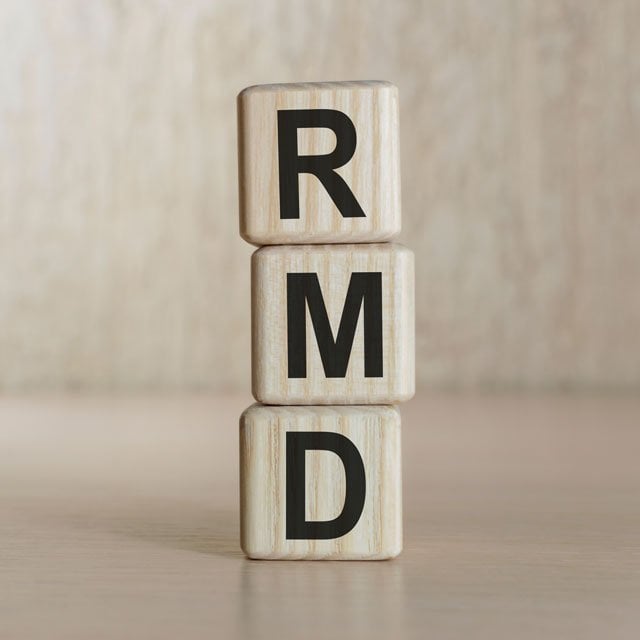Secure 2.0 Act RMD Rules Open New IRA Planning Window

What You Need to Know
As the RMD age is raised, retirees have a longer opportunity to take advantage of a lower tax bracket, Jamie Hopkins and Christine Benz say.
Clients with ambitious inheritance goals should consider carefully timed Roth conversions.
Optimal spending strategies must balanced with the lifestyle the client wants to live.
Speaking on a recent webinar hosted by Carson Group, Jamie Hopkins, the firm’s managing director of wealth solutions, suggested the new extension of the required minimum distribution age to 73 is a key conversation starter for advisors and their clients in 2023.
Hopkins was joined on the webinar by Christine Benz, Morningstar’s director of personal finance and retirement planning. The pair spoke for nearly two hours about the ins and outs of the recently passed Setting Every Community Up for Retirement Enhancement (Secure) 2.0 Act of 2022.
As Hopkins and Benz pointed out, the legislation features more than 100 individual provisions collectively aimed at modernizing and improving key aspects of the U.S. retirement planning system. Some of these include the expansion of automatic enrollment in employer-sponsored retirement plans, two separate increases in the RMD age, higher catch-up contributions above age 60, and newly permissible rollovers from 529 college savings accounts to Roth individual retirement accounts.
During the discussion, Hopkins and Benz took a substantial amount of time to zoom into the topic of RMDs, suggesting this is one of the changes to the law that will have the broadest impact on clients.
According to the duo, financial advisors can do a lot of good for their clients by bringing helpful RMD information to the front of planning conversations this year, including for clients who are still some distance away from their anticipated retirement date. While a later age for RMDs will be useful for many clients, the pursuit of optimal outcomes will take a well-considered financial plan that is put together years in advance, Benz and Hopkins say.
Why Roth Conversion Conversations Matter
As Hopkins points out, the original Secure Act included many provisions that have helped retirement savers grow and protect their wealth more effectively, but the law’s elimination of the “stretch IRA” has created some challenges. In short, the original Secure Act legislation instituted a rule that requires most non-spouse beneficiaries who inherit an IRA to draw down the full value of the account within 10 years.
“What the result of this change has been is that we have a lot of Americans who are passing away in their 80s or 90s today, and they have kids who are in their 50s who are inheriting actually quite a lot of wealth,” Hopkins says. “Broadly speaking, we know the typical client’s 50s and early 60s are going to be their highest earning years, so these required inherited IRA distributions tend to push these folks into the highest tax brackets.”
This dynamic is one of the reasons why conversations about proactive Roth conversions are so in vogue right now. Put simply, clients who own significant wealth in their traditional IRA that is likely to be passed to an heir or another non-spouse beneficiary should consider paying the taxes up front via a Roth conversion, to avoid the beneficiary facing the aforementioned tax bracket issue.
“If you collaborate with a great tax planner or an estate planning attorney, they can bring some really good insights to the table about what taxes should be prepaid via conversions or other strategies,” Hopkins suggests. “Post-Secure 1.0 and 2.0, RMDs and conversions are an important conversation, and they are especially relevant for higher net-worth clients.”
Low Tax Bracket Opportunities
As Benz points out, it was not long ago that clients had to begin taking RMDs from tax-advantaged accounts, such as IRAs or 401(k)s, at age 70 1/2. Now, clients can plan to wait until age 73, and that age ticks up again to 75 for individuals born after 1960.
“Seeing the RMD age move from 70 1/2 all the way up to 75 significantly enlarges what was already a really attractive window to do tax planning and retirement distribution planning,” Benz says.




